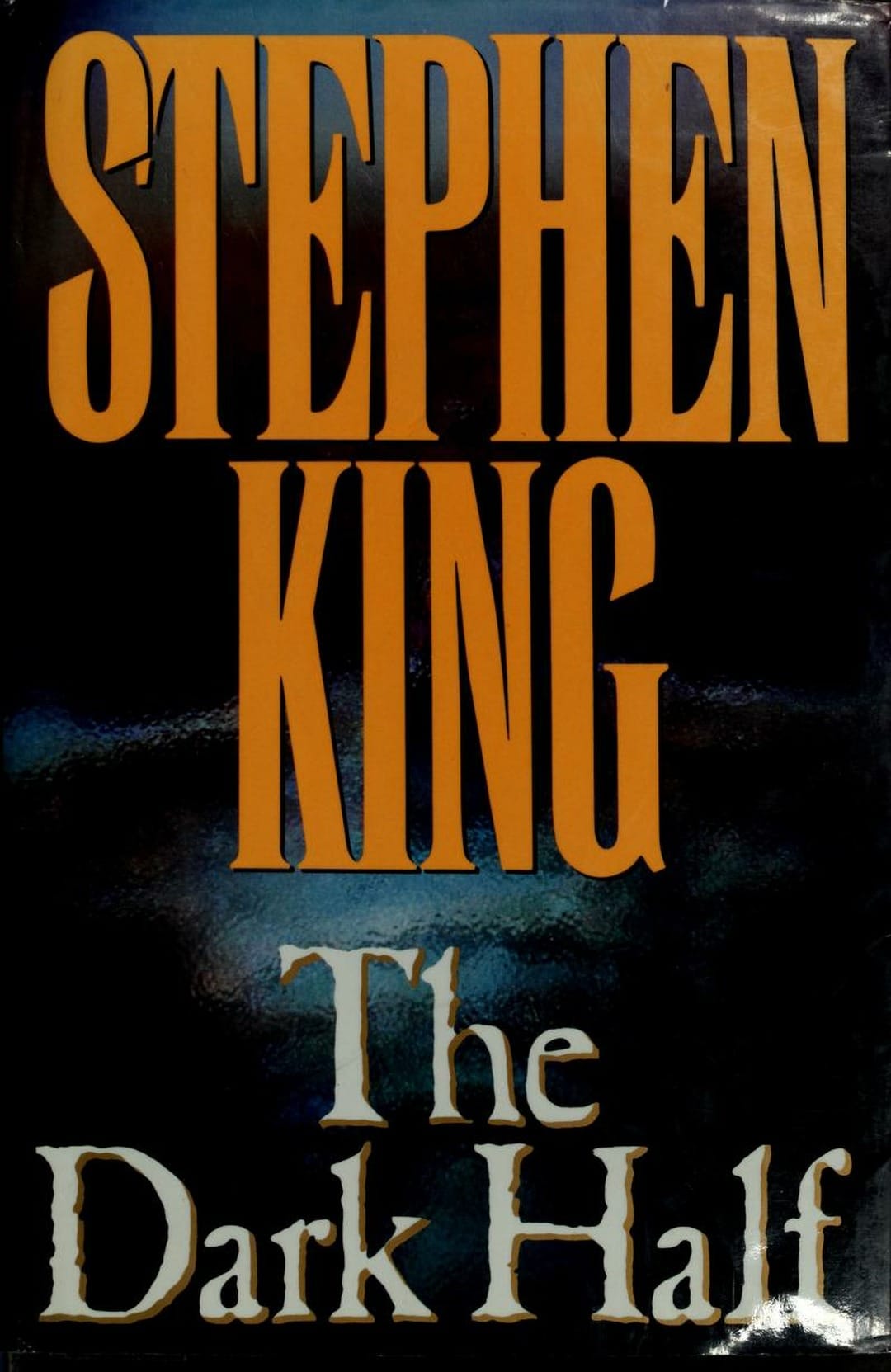Exploring Stephen King’s The Dark Half
Discover the chilling story behind Stephen King’s The Dark Half, its plot, themes, film adaptation, and lasting horror legacy.

Introduction
Stephen King has written numerous stories about the blurred borders between imagination and reality, but few capture that tension as viscerally as "The Dark Half." First published in 1989, the novel draws on King’s own experience writing under the pseudonym Richard Bachman, weaving a nightmarish tale about what happens when an author’s alter ego refuses to stay fictional. This article dives deep into the book’s plot, themes, adaptations, and enduring legacy, giving new and longtime readers a comprehensive guide to King’s chilling exploration of duality.
Plot Overview
"The Dark Half" follows Thad Beaumont, a mild-mannered novelist and family man who enjoys modest critical success writing literary fiction. Unknown to the public, Thad also pens violent crime thrillers under the pen name George Stark, and those books become bestsellers. When a would-be blackmailer threatens to reveal the secret, Thad decides to kill off Stark in a tongue-in-cheek publicity stunt, even staging a mock funeral for the pseudonym. But the burial fails to keep Stark underground.
Soon after the stunt, people connected to Thad begin dying in gruesome ways, each murder bearing Stark’s bloody signature. Sheriff Alan Pangborn suspects Thad, but fingerprints and eyewitness accounts point to someone who looks similar yet not quite the same. King gradually unspools a supernatural explanation: George Stark has manifested physically, fueled by the psychic energy Thad poured into him. Determined to reclaim his life, Stark kidnaps Thad’s wife Liz and their twins, intending to force Thad to continue writing as him so he can survive.
Major Themes
Duality and the Doppelgänger
The most prominent theme in "The Dark Half" is duality. Thad and Stark embody opposing halves of one psyche: creator and destroyer, intellect and instinct, life and death. King taps into the literary tradition of the doppelgänger—think Dr. Jekyll and Mr. Hyde—while adding his signature horror flourishes. The novel suggests that no persona we create is entirely imaginary; each has the potential to become real, especially when nourished by creativity and obsession.
The Cost of Art
King also interrogates the sacrifices writers make. Thad’s success as Stark brings financial security but corrodes his sense of self. The book asks whether artists can separate their art from their identity, or whether every story exacts a psychological price. For King, who publicly retired his Bachman alter ego after it was exposed, the question feels intensely personal.
Nature vs. Nurture
The novel reveals that Thad underwent experimental brain surgery as a child to remove a dormant twin. That biological detail literalizes the idea that Stark has always been inside Thad, waiting. By blending medical horror with supernatural suspense, King suggests that monstrosity is a complex interplay of inborn traits and external choices.
Writing Style and Tone
At 400 pages, "The Dark Half" moves briskly thanks to King’s lean prose, cinematic descriptions, and knack for authentic dialogue. The violence is graphic yet purposeful, emphasizing the stakes of Thad’s psychological struggle. King alternates perspectives between Thad, Stark, and Sheriff Pangborn, creating dramatic irony and ratcheting tension until the inevitable showdown at the novel’s storm-swept climax.
Film Adaptation
In 1993, legendary horror director George A. Romero adapted "The Dark Half" for the screen, with Timothy Hutton delivering dual performances as Thad and Stark. Although the film received mixed reviews and modest box-office returns, many fans praise its faithfulness to the source material and Hutton’s chilling transformation. The movie has since gained cult status, serving as a time capsule of early-1990s horror cinema and a companion piece for readers curious to see King’s nightmare visualized.
Connection to Castle Rock
Set primarily in the fictional Maine town of Ludlow, the novel still extends King’s larger shared universe through the inclusion of Sheriff Alan Pangborn, a key figure in King’s Castle Rock stories like "Needful Things." This intertextual link rewards constant readers, offering Easter eggs while reinforcing the idea that evil can sprout anywhere—even in the quiet corners of small-town America.
Legacy and Influence
More than three decades after publication, "The Dark Half" remains a reference point for discussions about authorial identity, pen names, and the ethics of violent fiction. Contemporary writers such as Gillian Flynn and Paul Tremblay have cited King’s exploration of the shadow self as formative. The novel also foreshadowed the 21st-century fascination with metafiction and self-referential horror, paving the way for works like "Black Swan" and the television series "You."
Why You Should Read It Today
Whether you are a seasoned Stephen King aficionado or a newcomer looking for an entry point beyond his blockbuster titles, "The Dark Half" offers a potent blend of psychological depth and supernatural thrills. The book’s meditation on creative responsibility feels even more relevant in the era of social media, where public personas can take on lives of their own. Its brisk pacing and unforgettable villain ensure that modern readers will be hooked from the first sparrow to the last.
Conclusion
"The Dark Half" stands as one of Stephen King’s most personal and provocative novels, transforming the internal battle of every artist into a blood-soaked struggle for survival. By confronting the darkness within, King reminds us that the scariest monsters are often the ones we create ourselves. Pick up the novel, watch the film, and prepare to meet George Stark—a character who proves that sometimes, dead pseudonyms do tell tales.



